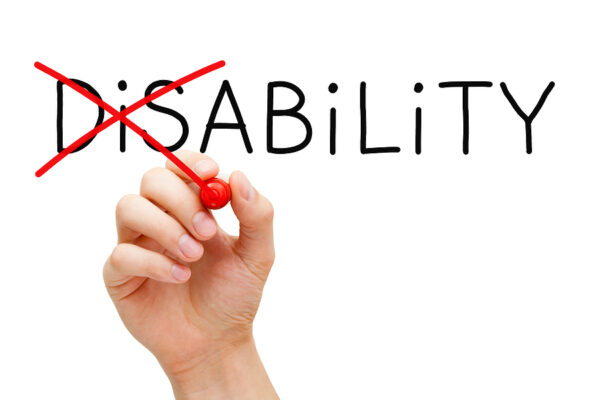As soon as you investigate the sustainability dilemma from the disruption perspective, interesting commercial opportunities start to emerge.
By Suvi Nenonen.
After decades of sustainability scares – record-breaking temperatures, extreme weather events, mass-extinction of flora and fauna, social unrest and even outright wars – it is quite clear that something has to be done. We just cannot continue exploiting our natural and social resources as if there were no tomorrow.
The good news is that most companies are already getting involved in a wide range of sustainability initiatives. The bad news is that almost as many firms are doing it in an outdated way, having separate corporate social responsibility programmes that lead relatively separate lives from the core business strategies.
Why is digitalisation a ‘disruption’ while sustainability is a ‘crisis’?
I am not claiming that minimising printing, banning bottled water from meeting rooms or sponsoring a local sports club are unimportant activities – quite the contrary. But for some reason the discussion around sustainability is markedly different from the conversations that relate to digitalisation. The former is all about threats whereas the latter is all about opportunities – even though both are equally powerful disruptions facing all businesses.
As soon as you investigate the sustainability dilemma from the disruption perspective, interesting commercial opportunities start to emerge.
For some companies, sustainable operations are a synonym for considerably cheaper operations. Take for instance Air New Zealand: investing in a brand-new fleet helps the airline to simultaneously curb its fuel costs and CO2 emissions. Because sustainability is all about being as savvy as possible with one’s resource use, ironically it is often able to deliver much more substantial savings than the traditional “must achieve an annual 1 percent reduction” cost-cutting programmes.
For others, becoming more sustainable is a distinct competitive strategy. More and more consumers are actively searching for opportunities to influence through their consumption choices. So, if you have a more sustainable product or service, build on it systematically.
Brands such as Patagonia and Ecostore show that it can be a truly successful competitive strategy, both in New Zealand and internationally.
Some companies go even further, and build entirely new business models that address different aspects of sustainability.
Ecological and social problems are a veritable gold mine for novel business ideas, as all successful businesses are essentially about solving problems. And these new business models don’t necessarily have to involve technological inventions. For example, Buymeonce is an online store that focuses on selling everyday items that have a lifetime guarantee. From casserole dishes to socks (yes, there are socks with a lifetime guarantee) these items fight the wasteful disposable culture one sale at a time.
Albert Einstein once reputedly said: “If I had only one hour to save the world, I would spend 55 minutes defining the problem and only five minutes finding the solution.”
So, perhaps the best thing that we can do for our planet is to reframe the sustainability crisis to a sustainability disruption. Yes, it is an existential crisis if we don’t solve it, but most people are not really at their most creative when guns are being held to their heads. The same logic applies to teams and companies: threats stifle, but opportunities unleash innovation.
Preaching about ethics doesn’t help either. What is needed is positive theories and real-world examples, showing companies that they really can save the world – in their own way – and profit from it. The entrepreneurial drive and the hunger for commercial successes are great motivators, so let’s put them to work in this all-important arena as well.











